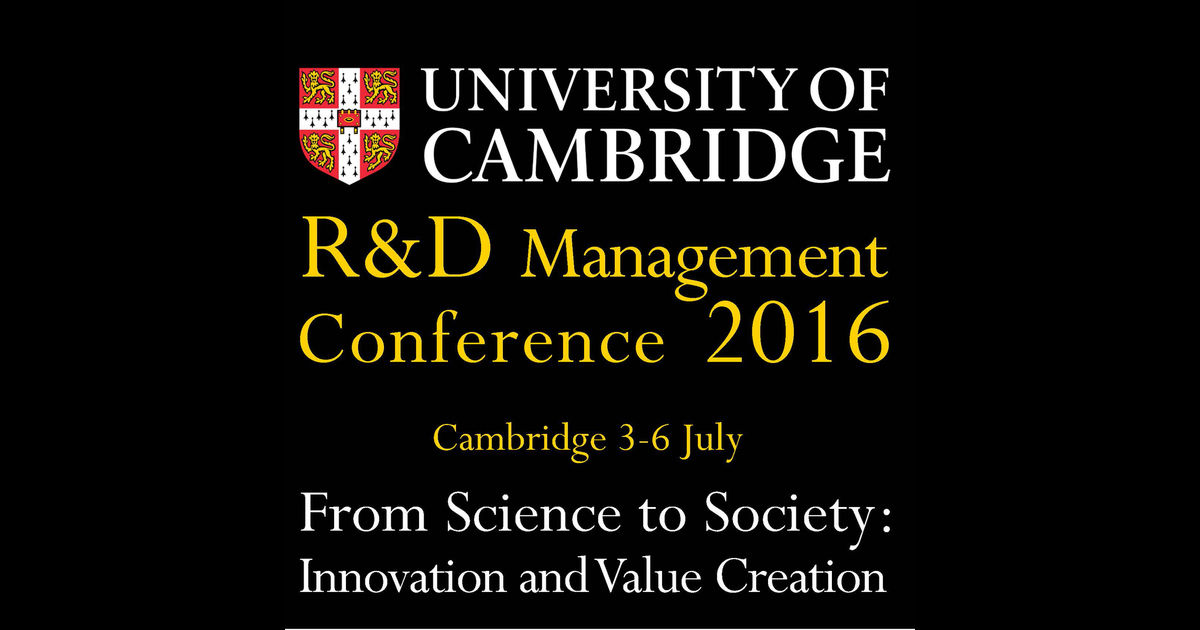 The challenges of managing radical innovation in hypercompetitive environments require a critical re-evaluation of R&D practices. Among these R&D practices, the management of technical staff (i.e. researchers, scientists and engineers) is increasingly crucial for science-based organizations. Indeed, a key challenge is to be able to anticipate and to accelerate the renewal of knowledge, competencies and expertise in a context of uncertain dominant design, while controlling resources. Today, the dual ladder system is the main technical staff management system used by the most organizations. Paradoxically, though this management device has been strongly criticized by practitioners and researchers, it is still the same for over 50 years. This paper discusses the relevance of the dual ladder system and its limitations in situation of radical innovation, by using recent advances in design theory. Recent advances in design theory highlight a new way of thinking about innovation far beyond a mere combination of existing knowledge to include the renewal of knowledge and the expansion of expertise. Based on a collaborative management research conducted in one of the European leaders in semiconductor industry, this qualitative research highlights that design theory allows characterizing the role of technical staff according to different modalities of intervention. From a practical perspective, we propose to complete the dual ladder system by a new organizational structure, able to take into account the role of experts and the conditions of technical staff collective action for radical innovation management.
The challenges of managing radical innovation in hypercompetitive environments require a critical re-evaluation of R&D practices. Among these R&D practices, the management of technical staff (i.e. researchers, scientists and engineers) is increasingly crucial for science-based organizations. Indeed, a key challenge is to be able to anticipate and to accelerate the renewal of knowledge, competencies and expertise in a context of uncertain dominant design, while controlling resources. Today, the dual ladder system is the main technical staff management system used by the most organizations. Paradoxically, though this management device has been strongly criticized by practitioners and researchers, it is still the same for over 50 years. This paper discusses the relevance of the dual ladder system and its limitations in situation of radical innovation, by using recent advances in design theory. Recent advances in design theory highlight a new way of thinking about innovation far beyond a mere combination of existing knowledge to include the renewal of knowledge and the expansion of expertise. Based on a collaborative management research conducted in one of the European leaders in semiconductor industry, this qualitative research highlights that design theory allows characterizing the role of technical staff according to different modalities of intervention. From a practical perspective, we propose to complete the dual ladder system by a new organizational structure, able to take into account the role of experts and the conditions of technical staff collective action for radical innovation management.
Cabanes, B., Galy, P., Le Masson, P., & Weil, B. (2016). Technical staff management for radical innovation in science-based organizations : a new framework based on design theory. R&D Management Conference, Cambridge, UK.









